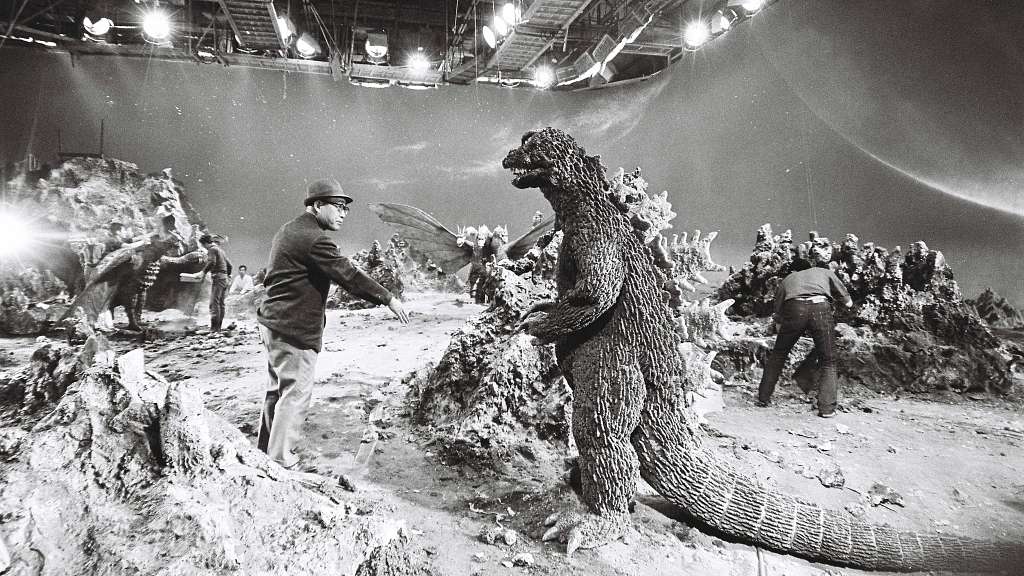“The joy is not in subverting expectations. But delivering on expectations in a way that’s both inevitable and also emotionally surprising.”
– Ari Aster
Godzilla Minus One has been getting rave reviews since its release late last year. Maybe it had to do with FOMO on my part, but I just had to give it a watch myself.
I’ve never really been a fan of kaiju or monster films, but Godzilla Minus One really reeled me in. What intrigued me is that it’s not so much a kaiju film, as it is a commentary on the social and psychological costs of war, while using kaiju elements as a metaphor.
In its post World War II setting, we are acquainted with a Japanese society that is struggling to rebuild itself. And on an individual level, we meet characters who are fighting their own unending wars internally, particularly in the forms of PTSD and survivor’s guilt.
Meanwhile, they face yet another major crisis as a prehistoric monster they call Godzilla awakes from its deep slumber, and becomes mutated, due to all the nuclear testing that went on during the war. As Godzilla razes Japan to the ground, its people are forced to confront the traumas of their past, in order for them to come together and move forward towards a better future.
I learned that this film actually pays homage to Godzilla’s original debut in 1954, in that it was intended to symbolize the nuclear bombings of Hiroshima and Nagasaki — how we, as human beings, are ultimately responsible for creating the monsters that bring our own destruction.
Watching the film made me think about what it means to make the most out of our genre. As many great artists have demonstrated, our genre doesn’t have to be a box that we confine our ideas into. Rather, it can be a tool, or a means for us to present our message in new, more effective, and more engaging ways.
To quote the author Robert McKee, “Genre conventions are the rhyme scheme of a storyteller’s ‘poem.’ They do not inhibit creativity; they inspire it. The challenge is to keep convention, but avoid cliché.”
This circles back to the ultimate goal in making good art, which is to de-familiarize the familiar. Good art offers us new and insightful ways of seeing ourselves and the world around us. And from that, we may, hopefully, become at least a little better, as individuals, and as a society.
Of course, one way to utilize our genre more creatively is to use it as a metaphor. The great thing about this is that it could lower the audience’s walls in receiving and digesting a serious or complicated message.
For instance, genres like kaiju and horror are typically seen as “amusement park rides”, in the sense that most people consume them for fun. So, if you are effective enough in guising serious themes behind your genre, these people might be able to open their minds more, or develop the interest in better understanding such themes and how they relate to real life.
The opposite is also true. People who are already invested in those serious themes might have a newfound appreciation for the genre that such themes are guised in.
As the filmmaker Ari Aster remarked, “One thing I love about genre filmmaking in general, and certainly the horror genre, is that you can take thematic material that may be harder for some people to digest, or material that you want to talk honestly about, without having to compromise whatever your message might be, or without the same risk of losing an audience.”
Now, how do you go about experimenting with your genre as a metaphor?
You can start by being intentional about the message that you want to put out, and then building your way outwards with the right metaphors. It’s helpful to think of your art as an onion, so to say. You have your message at the core, followed by layer upon layer of genre-metaphor.
Let’s take inspiration from Ari Aster, who wrote and directed one of my favorite horror films ever. I’ve seen Hereditary more times than I could remember, and in many of those times, it gave me nightmares. Yet, it’s not just the horror elements that I find so compelling and frightful, but the actual message that is embedded in the film.
Aster’s films are often borne out of his own personal crises, from which he distills themes that he feels are worth talking about. Only then, he would start thinking of how to fit these themes into a horror setting.
At its core, Hereditary is a family tragedy. It addresses the theme of generational trauma, in that it is the unseen force that perpetuates families, dooming lineage after lineage to failure. The film brilliantly communicates this theme by telling a horror story about a family that uncovers dark secrets about their recently-deceased grandmother’s past as the head of a coven.
As Aster remarked about the creative process behind the film, “I wanted the film to function first as a vivid family drama before I even bothered attending to the horror elements.”
However, one thing to keep in mind as you experiment with your genre this way, is that no matter how effective you think your art may be, not everybody would understand or appreciate what you’re going for. But the ones that get it, really do.
I remember debating with a friend who rubbished The Babadook (another one of my favorite horror films) as a “stupid movie”.
Unlike my friend, I almost immediately understood when I first watched the film, that it is really a metaphor for unattended grief. I even thought it was a useful metaphor, which I could practically use to my benefit in dealing with my own grief.
He only understood the message of the film after I pointed it out to him. Nevertheless, he still hated it.
At the end of the day, as artists, we must come to terms with the reality that different people relate with our art in different ways. While some may find wisdom or value in our art, others may see it as mere entertainment, or nothing at all.
The important thing is for us to put our art out there, so that it exists.
It’s the best thing we can do. It’s the only thing we can do.

